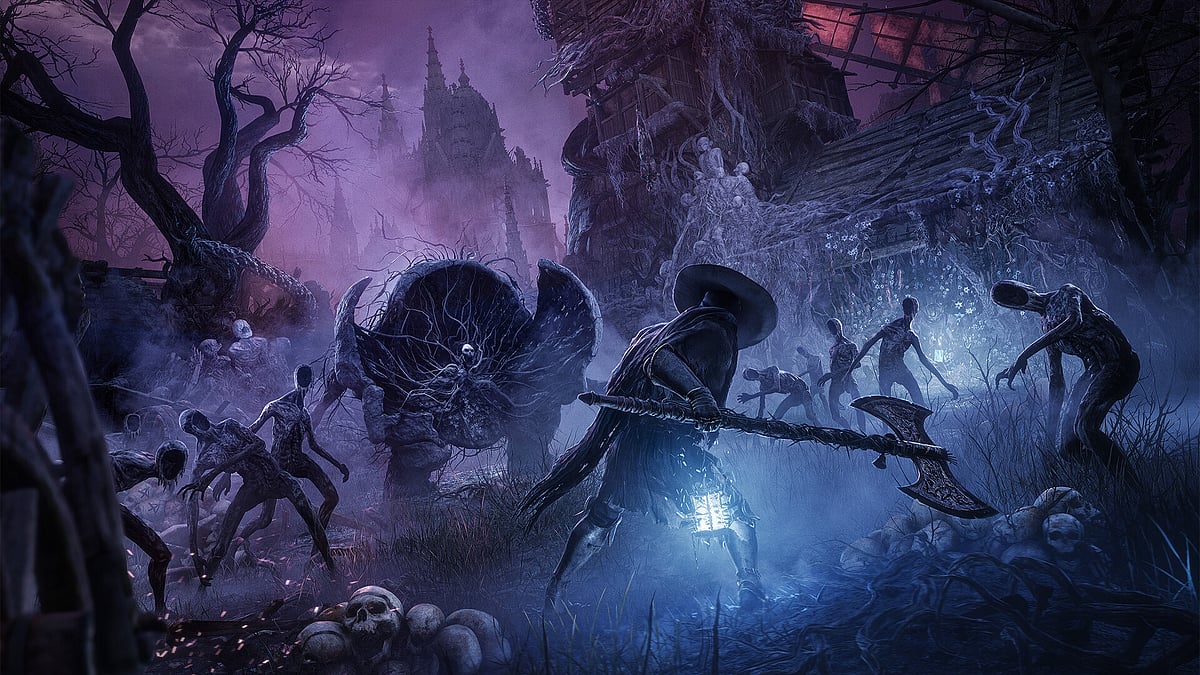
Cover-Credits:
The Lords of the Fallen is the successor to the critically acclaimed 2014 Souls-like created by Hexworks and published by CI Games. This next-generation game runs on Unreal Engine 5 and showcases impressive visuals in both the Axiom and Umbral realms. The title requires at least an RTX 2080 to run in full HD at high settings, which seems quite reasonable for a game of this caliber. Let’s go ahead and take a look at the full system requirements as well as the best settings you can use to get optimal visuals and performance.
Lords of the Fallen System Requirements
Minimum Requirements: Runs the game at 720p low settings
OS: Windows 10 64bit
Processor: Intel i5 8400 | AMD Ryzen 5 2600
Memory: 12 GB RAM
Graphics: 6GB VRAM | NVIDIA GTX-1060 | AMD Radeon RX 590
DirectX: Version 12
Storage: 45 GB available space
SSD (Preferred) | HDD (Supported)
Recommended Requirements: Runs the game at 1080p high settings
OS: Windows 10 64bit
Processor: Intel i7 8700 | AMD Ryzen 5 3600
Memory: 16 GB RAM
Graphics: 8GB VRAM | NVIDIA RTX-2080 | AMD Radeon RX 6700
DirectX: Version 12
Network: Broadband Internet connection
Storage: 45 GB available space
SSD Required
Lords of the Fallen: Best PC Settings
If you meet or exceed the recommended requirements for this title, you might want to use these settings for a fine balance between visuals and performance. Here are the graphic settings:
Graphics Preset: Custom
View Distance: High
Shadows: High
Anti-aliasing: Ultra
Texture Quality: Ultra
Visual Effect Quality: High
Post-processing Quality: High
Reflection Quality: High
Global Illumination Quality: Medium
Foliage Quality: High
Motion Blur: Off
Note that you must set DLSS to Quality if you are running an Nvidia card. These settings will grant you a consistent 60 FPS on 1080p, even on cards like the RTX 3050. If your system has a less powerful card you might want to turn down things like foliage and global illumination as they seem to tank FPS on lower-end hardware. It is better to turn on FSR if you have an equivalent AMD graphic card, as it still does a reasonably good job at providing performance boosts.
